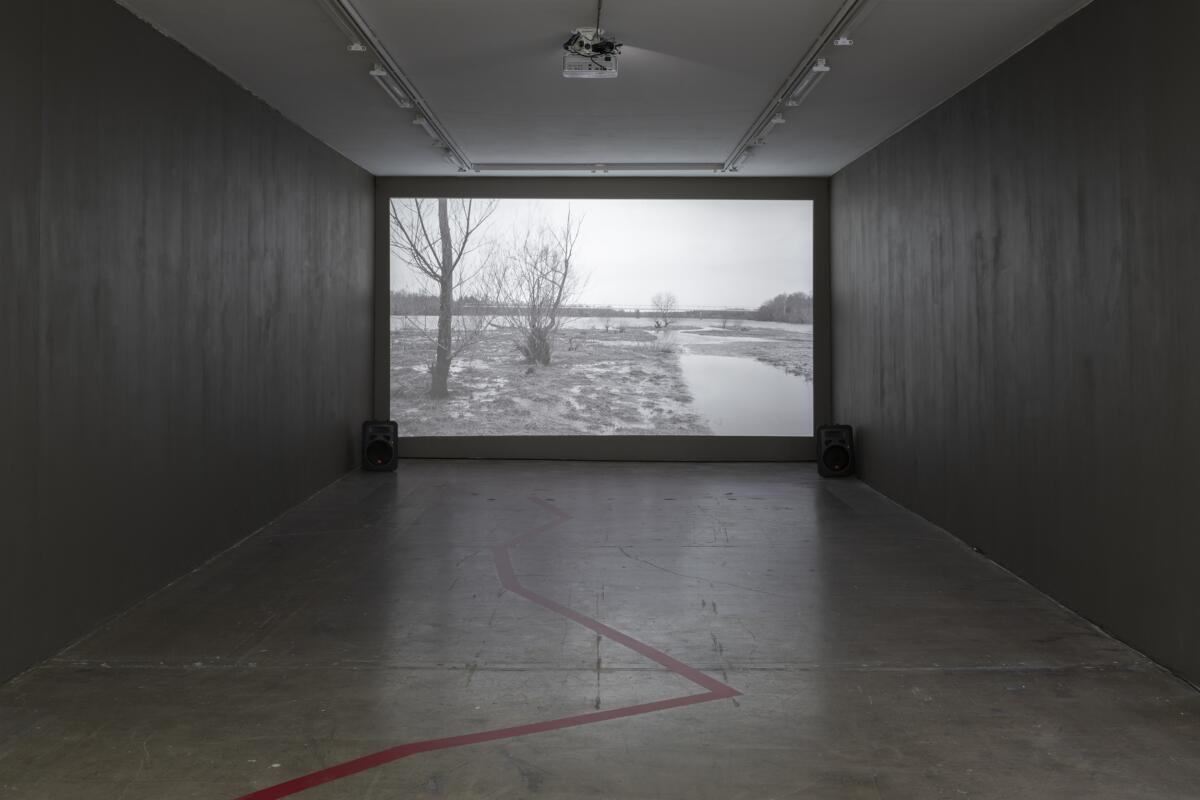
The exhibition by Tytus Szabelski-Różniak consists of photographs, films and a minimalist installation of lines taped onto the gallery floor. The visual status of these representations is ambiguous, disturbing and metaphorical. All of them refer to transportation routes and infrastructure, but also to processes of displacement, division or separation.
The photographs show animal crossings over highways, particularly international routes passing through Poland. Legal conditions for the construction of such roads mandates environmental impact studies, which identify animal migration routes that may cross the new road. Green bridges or tunnels are created in appropriate places to channel the movement of animals in a way that does not endanger their lives, while ensuring the safety of the people traveling by car. These hybrid spaces, engineered structures of concrete and steel with a layer of earth and greenery, are incapable of camouflaging their specific nature. They are places subjected to constant surveillance, and merely mimic the natural habitat of animals.

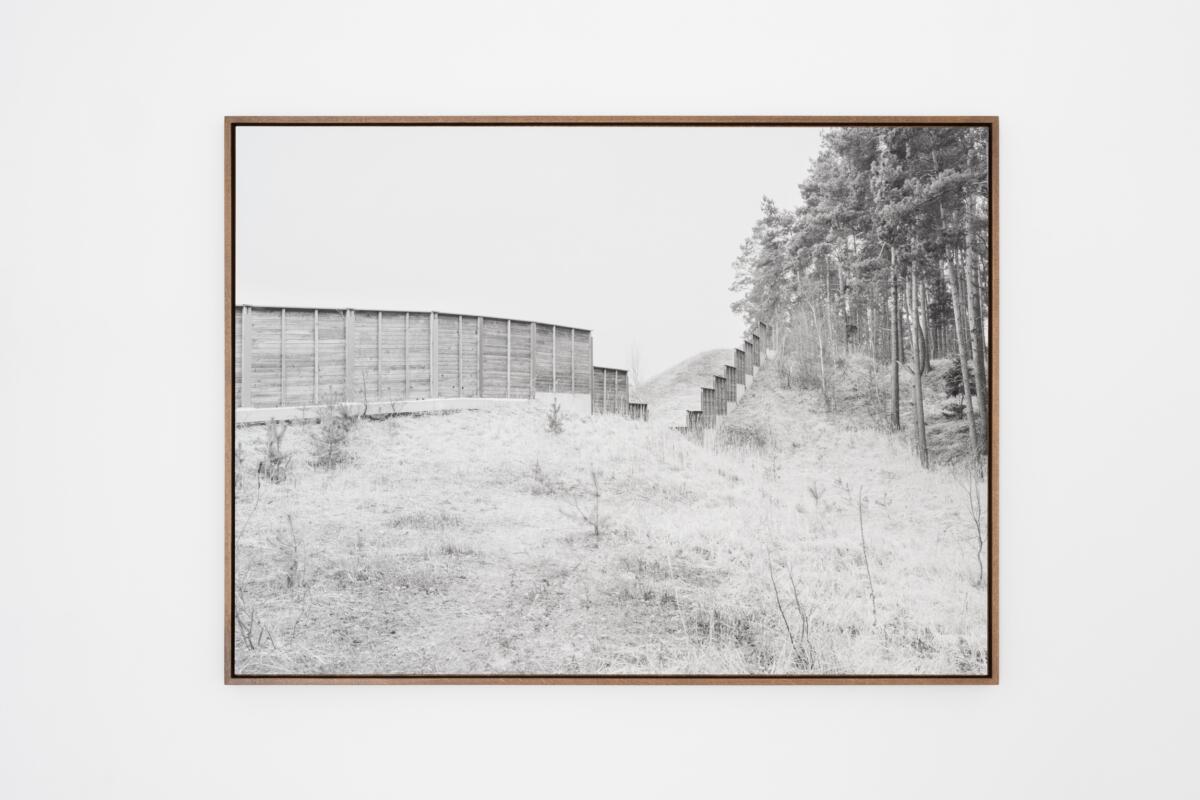
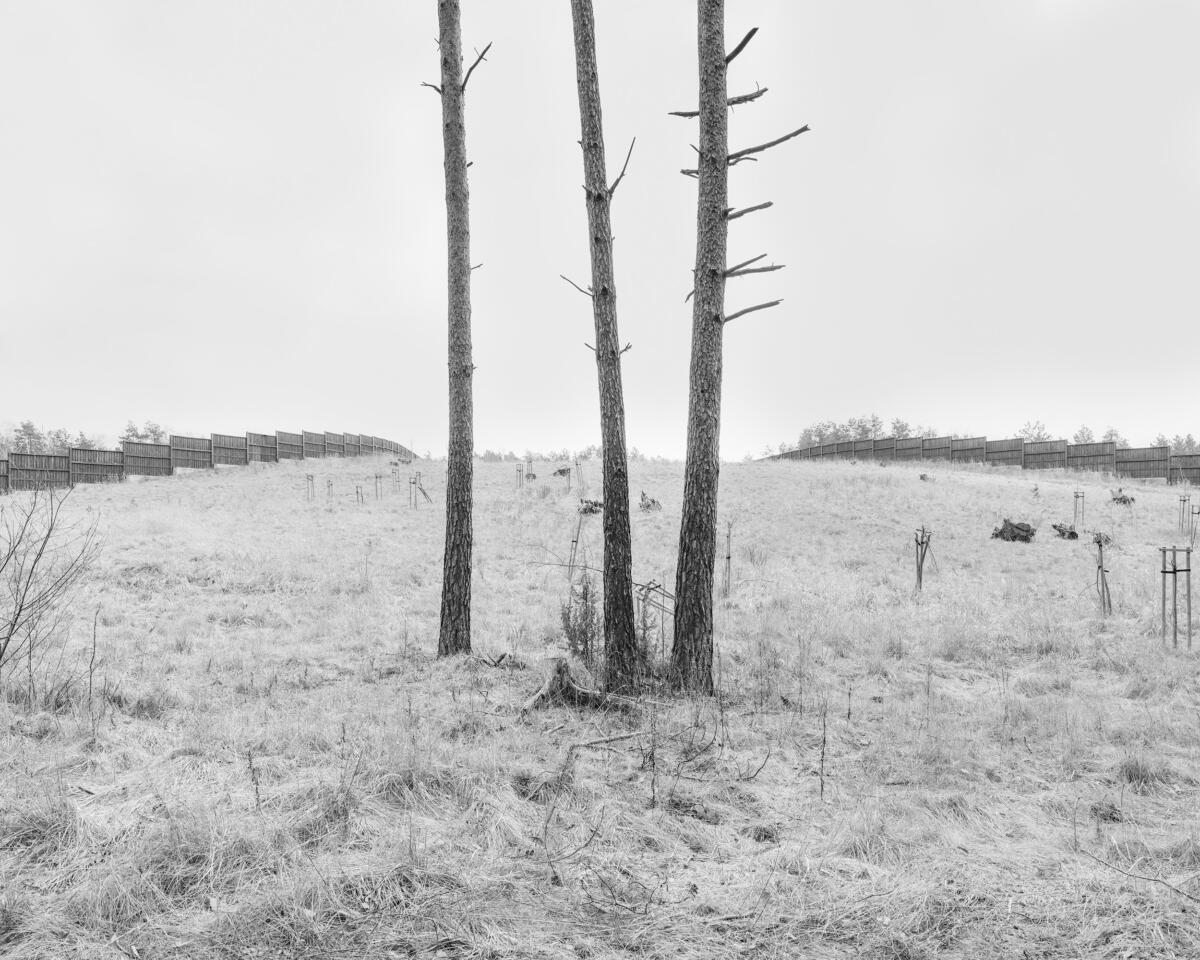
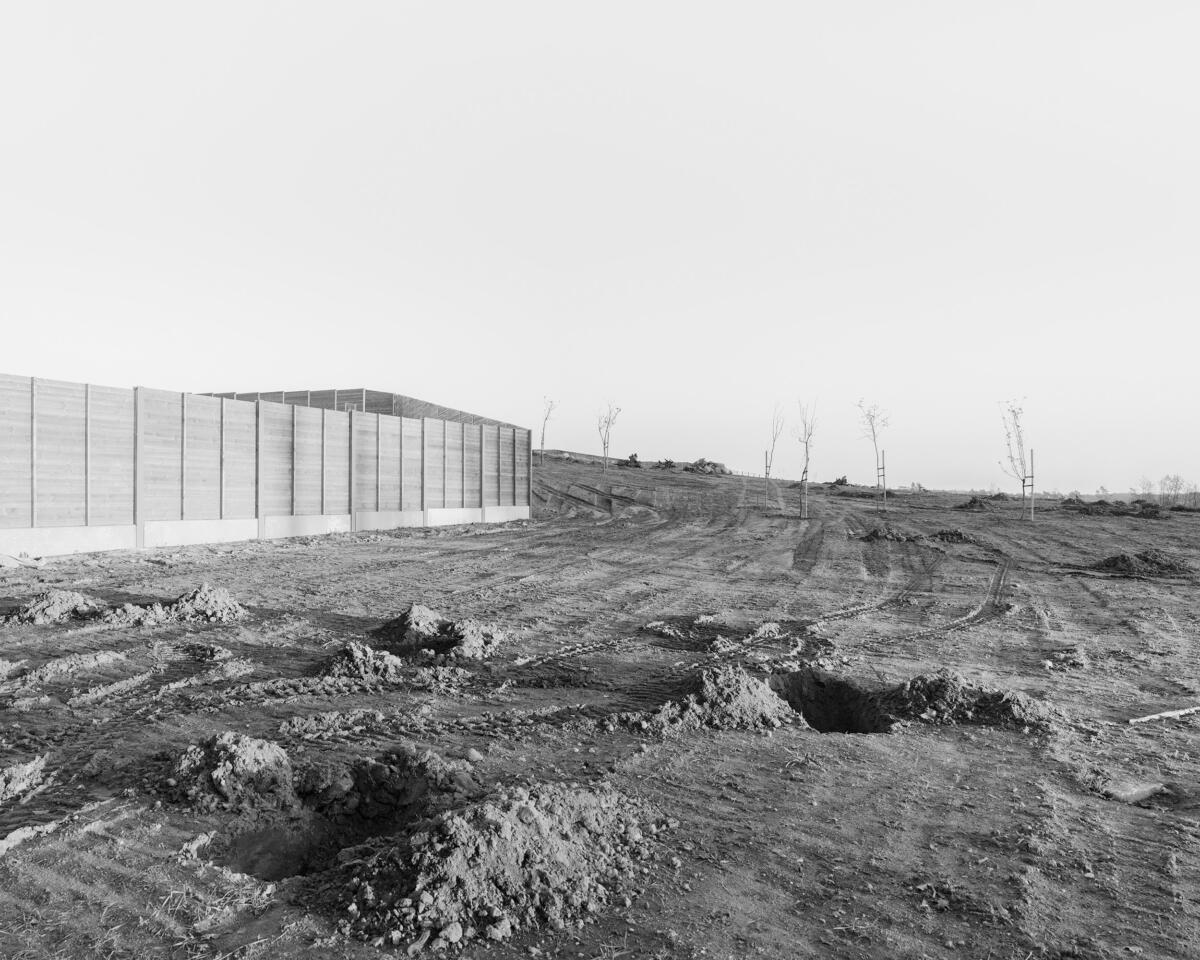
In two video works, the artist focuses primarily on border infrastructure. In the first, he brings closer, in the form of animated models, border crossings and the walls or barriers that separate specific countries in Europe. Nowadays, the distinction between the integrative and disintegrative functions of borders is becoming more and more sharply defined. This context is strongly highlighted by the migration crisis and Russia’s war against Ukraine. Another theme, addressed in the second video, is the transit of energy resources. Tytus takes a look at the “Friendship Pipeline”, one of the world’s largest oil transportation systems, connecting Siberia with Europe. Built in the 1960s, the pipeline was a key route for the flow of Russian oil to the West until 2023. At the same time, fiber-optic cables stretch along this structure, and are used to provide telecommunications and information services. The camera in the video captures fragments of the pipeline, fitting into cut forest corridors or passing in the form of a bridge over the Narew River.
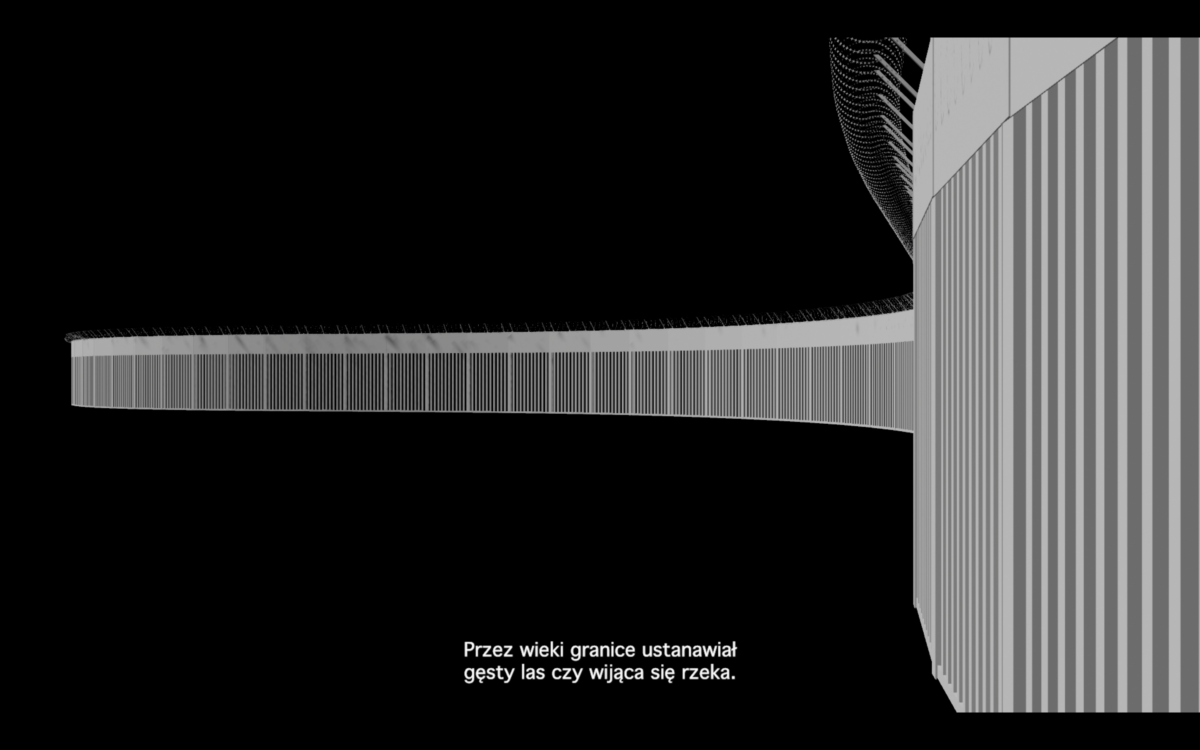

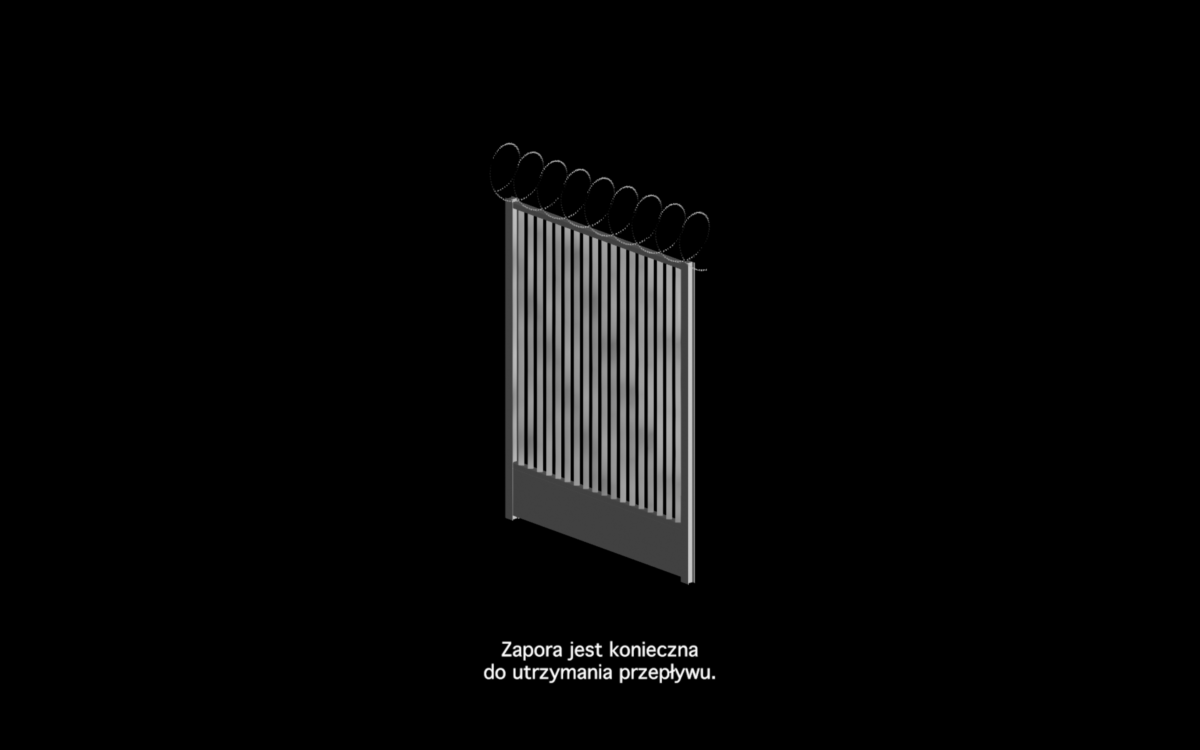
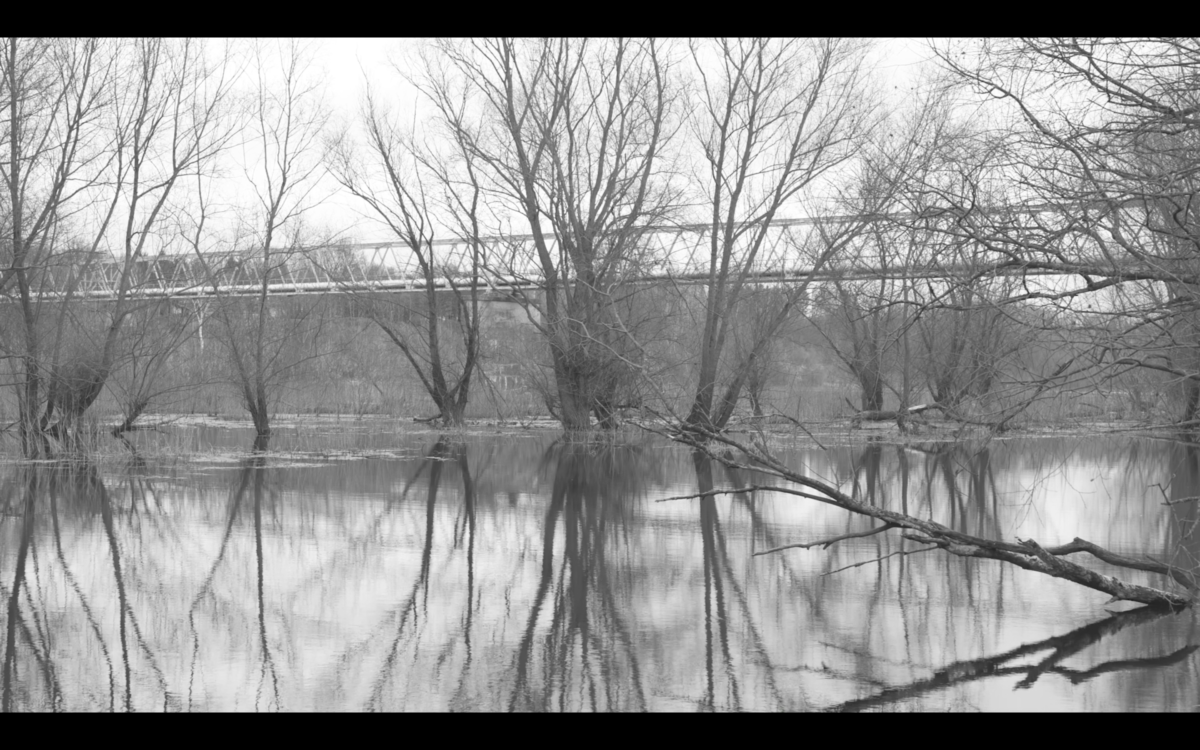


The final element of the exhibition, organizing as well as dividing the exhibition space, are the lines plotted on the floor. The first reflects the shape of the A4 highway stretching across Poland from the Ukrainian border to Germany. The second corresponds to the line of Poland’s border with Belarus, which has recently become a space of particular focus.
Thus, in the project we find different examples of infrastructure that is used to move people, animals, raw materials, goods, and information. Each of these on the one hand facilitates communication, but also impedes it on other levels, or generates additional effects that are questionable in nature. On many levels, we make choices about who, where, when, and under what conditions we allow movement across barriers that we artificially create. We erect state borders to then build isolated transportation corridors for selected groups, depending on their privileges. Special roads for those who can afford to pay for entry, separate gates at airports for Schengen citizens, and eventually camps or deportation centers. Those who are unable to meet the requirements placed on them are denied the opportunity to move at all – regardless of other circumstances. The tightening of flows and migration is becoming the dominant trend in the policies of many countries.
Tytus, who lives in the region of Podlasie, is also looking in particular at the tragedy unfolding at the Polish–Belarusian border. Just as highway transportation corridors channel human traffic by limiting entry and exit points, thus making it easier to control, the border wall built there is supposed to prevent the movement of those who are denied entry via official routes. The barrier, which passes through the primeval Bialowieza Forest area which includes animal crossings, becomes a symbol of a paradoxical and bitter reality. The typical human hierarchy of entities is reversed – it is the animals who become, in a sense, “privileged,” while people dying of exhaustion are forcibly pushed to the other side. However, this wall, like any such structure, is not able to completely stop human migrations. While the animal gates built into it remain closed, people find a way around.
In his research, Tytus Szabelski-Różniak follows routes and communication/border architecture, focusing on the inverse of their function. He is interested in the aspect of dividing, controlling, and channeling traffic, rather than how to connect, repair environmental damage or speed up communication. It is therefore not a documentary project, but more of a metaphorical story projecting the ambiguous role of this type of infrastructure and its operations. The play on the ancient motto divide et impera contained in the exhibition’s title attempts to draw attention to this inverted perspective, and the correlation between the inaccessibility of natural environments and the autonomy of the people who inhabit them.
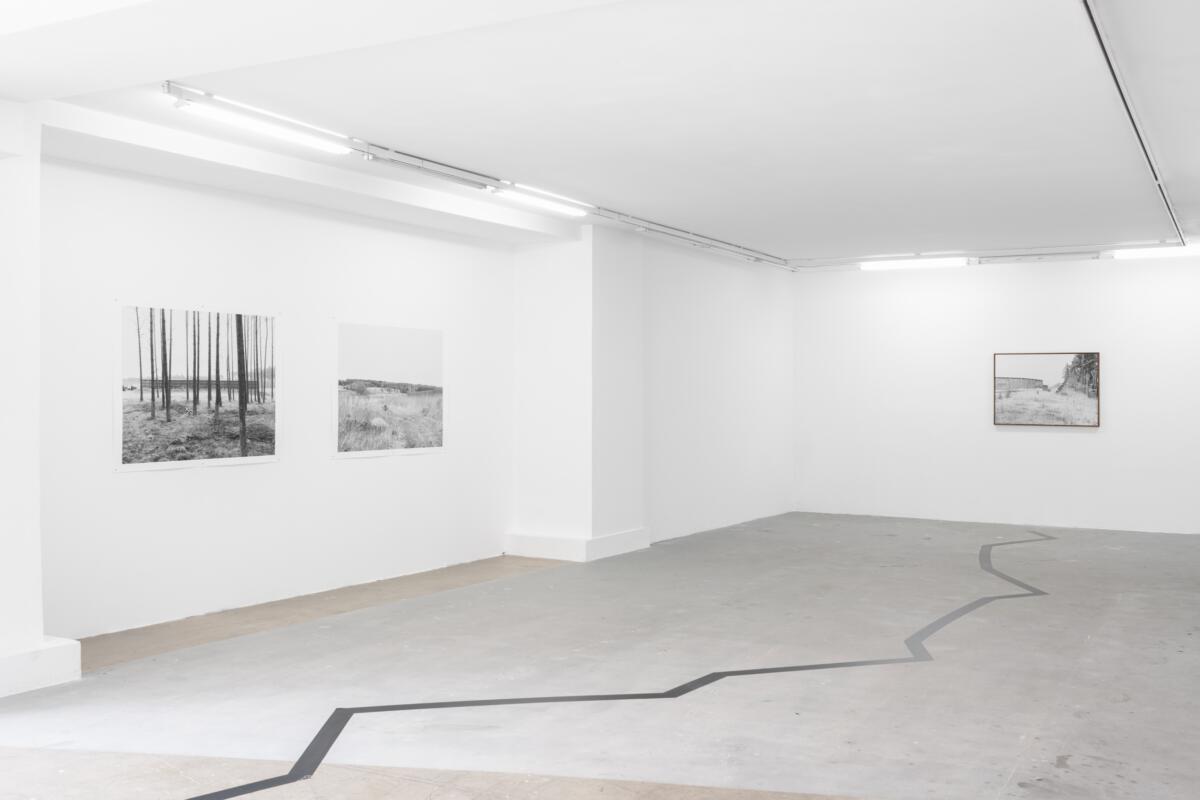

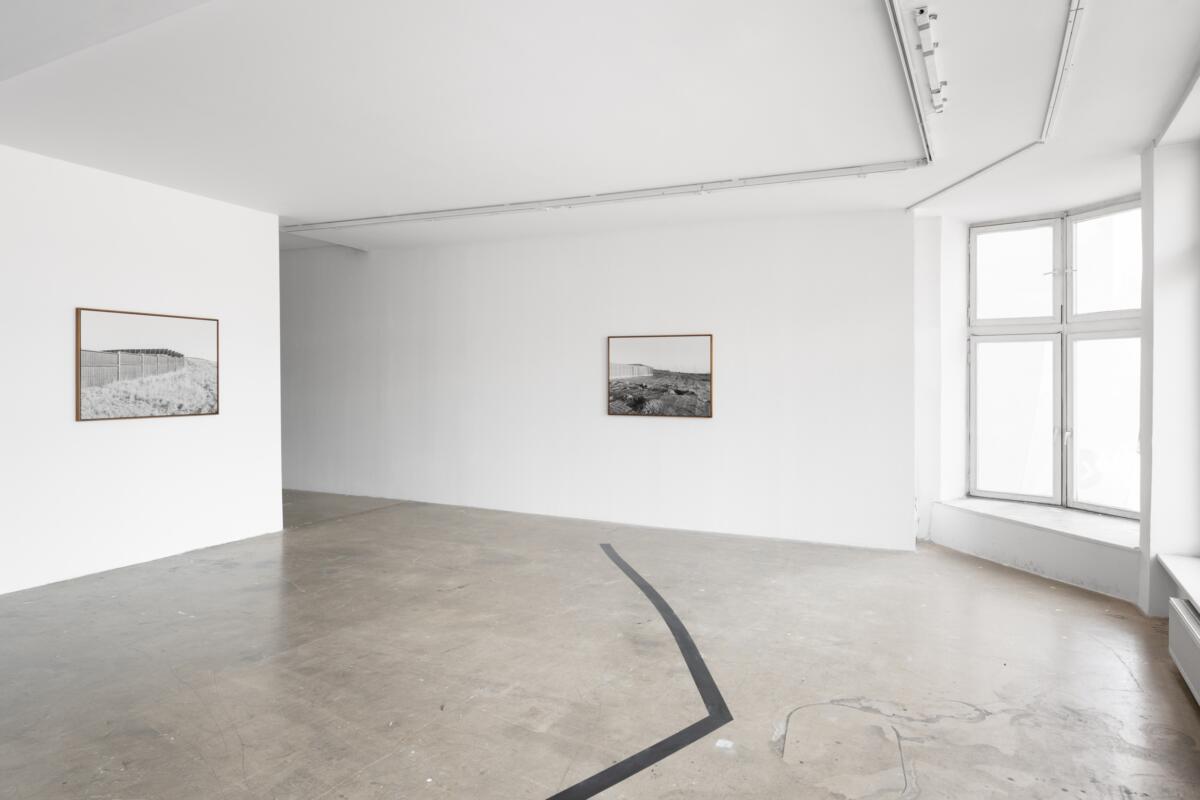


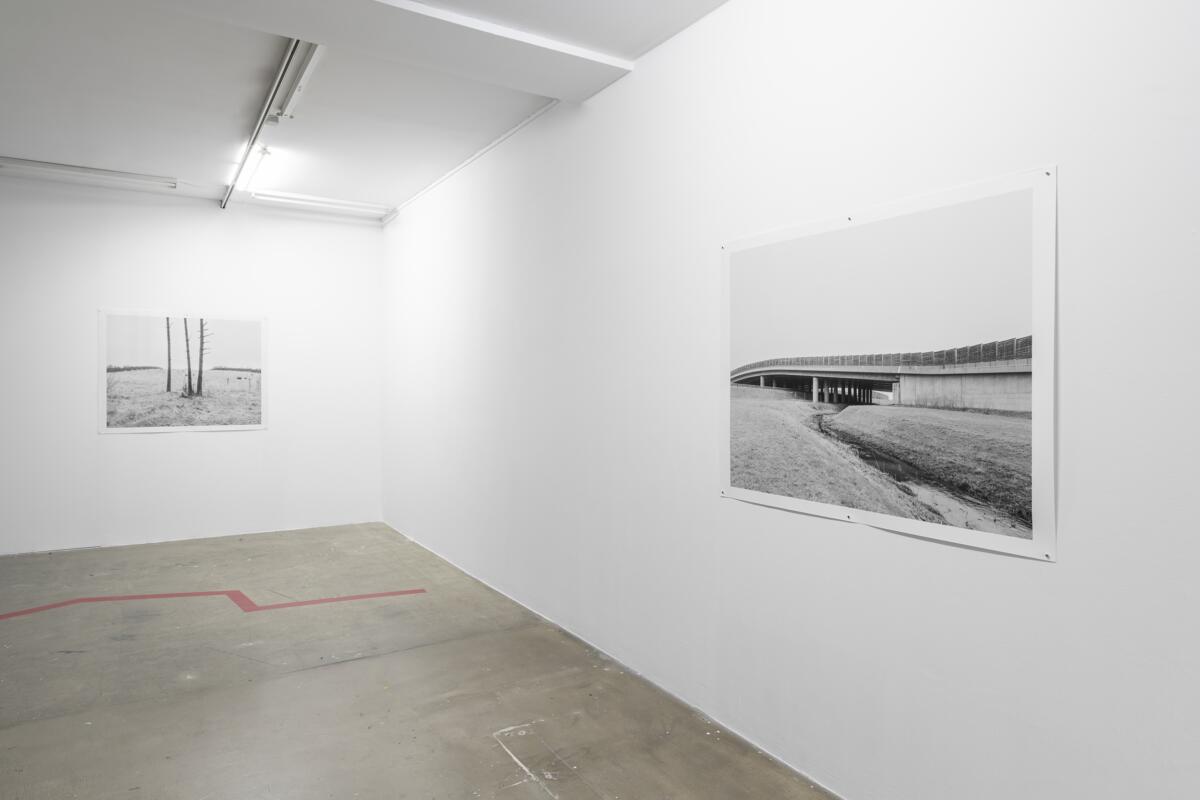
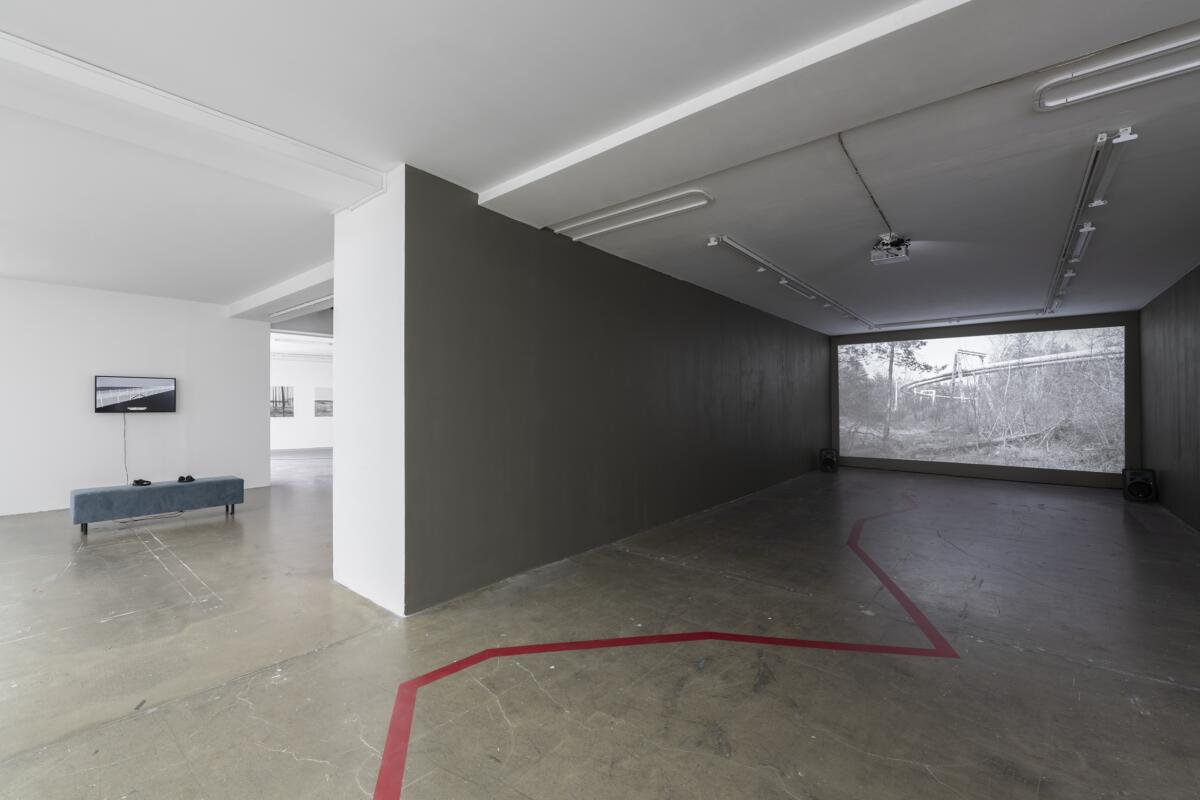
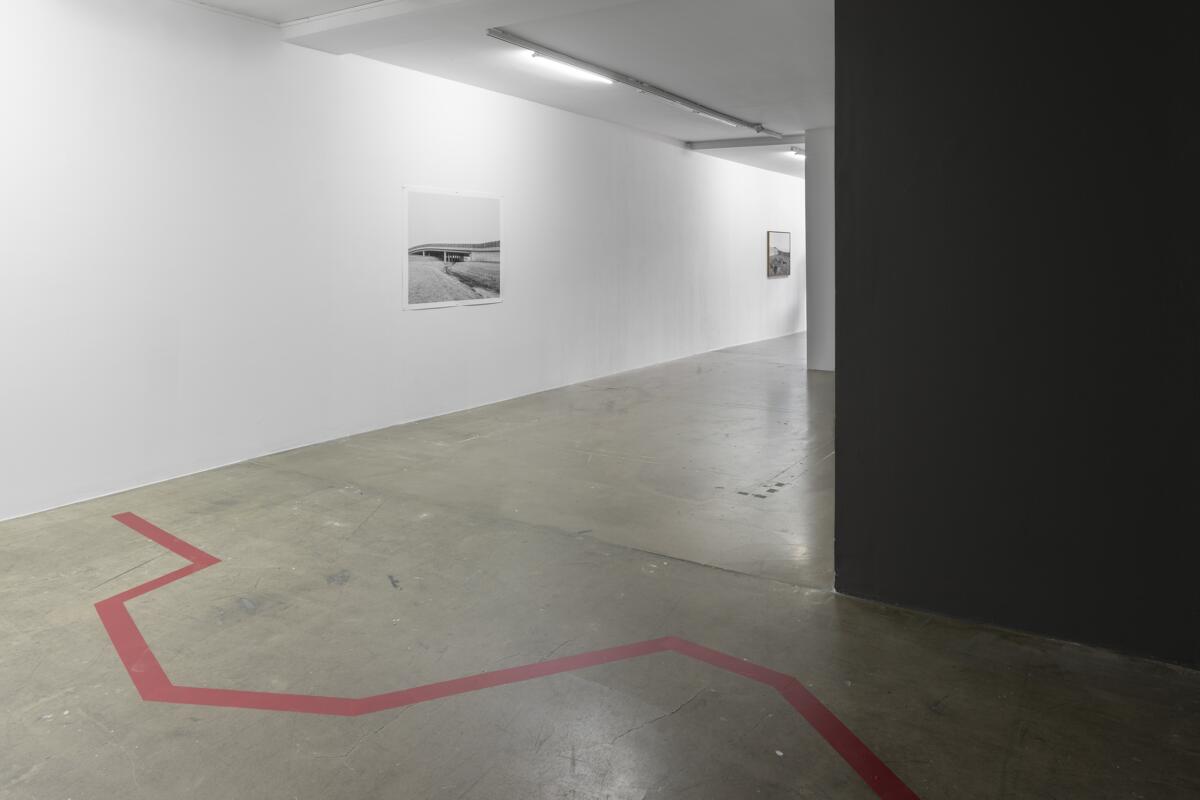
Tytus Szabelski-Różniak – photographer and visual artist. Graduate of journalism and social communication at the Nicolaus Copernicus University in Toruń and photography at the University of Arts in Poznań. Finalist of competitions for the best art diploma (including StartPoint Prize 2016 in Prague) and winner of the Konrad Pustoła Memorial Scholarship for a socially engaged photographer (2017). Resident of the Warsaw Biennale (2020) and awardee of the Visual and Sound Arts Residency Program of the Visegrad Fund (residency at Trafó Gallery in Budapest, 2021). His works are part of the collection of the Arsenal City Gallery in Poznań and the art collection of the Raffles Europejski Hotel in Warsaw. Professionally, he is affiliated with the Visual Narrative Laboratory at the PWSFTviT in Łódź, Poland.
Piotr Lisowski – сurator and art historian, author of exhibitions, texts, editor of publications, independent researcher of contemporary art, university lecturer. Artistic director of 66P Subjective Cultural Institution in Wroclaw.
Imprint
| Artist | Tytus Szabelski-Różniak |
| Exhibition | Divide and Connect |
| Place / venue | Kronika Contemporary Art Centre, Bytom, Poland |
| Dates | June 24 ‒ August 4 2023 |
| Curated by | Piotr Lisowski |
| Photos | Tytus Szabelski-Różniak |
| Index | Bytom Kronika Contemporary Art Centre Piotr Lisowski poland Tytus Szabelski-Różniak |

